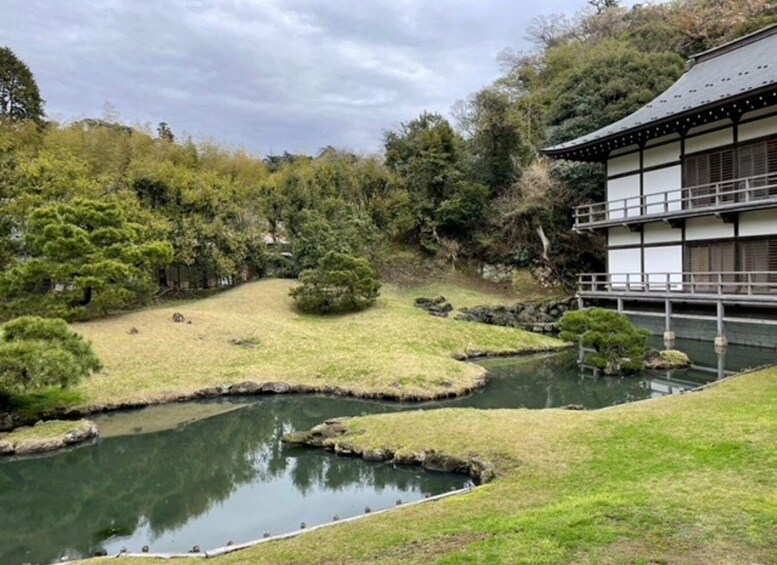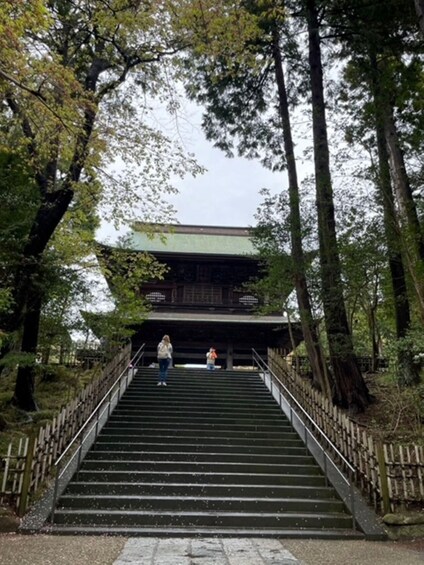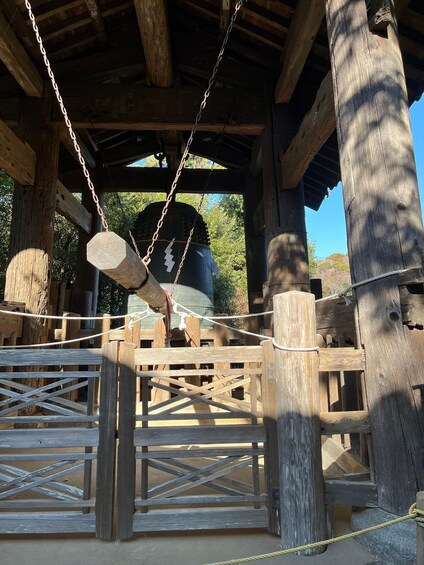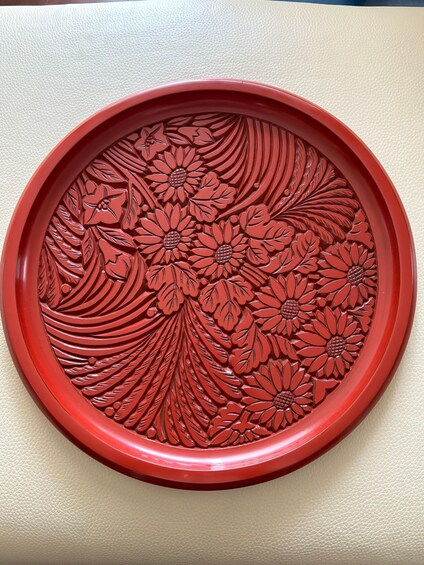Members save 10% or more on over 100,000 hotels worldwide when you’re signed in





Kamakura; First Samurai Capital walking tour
10/10
10 out of 10Features
- Free cancellation available
- 3h
- Mobile voucher
- Instant confirmation
Overview
- ・Visit “Tsurugaoka-Hachimangu”, the symbol of the 1st Samurai capital, Kamakura
- ・Experience Kamakura’s 2 most important Rinzai-Zen temples.
- Introducing you to 800 years old traditional craft, Kamakura Lacquerware
- Gain insights to Japan’s history and culture
Activity location
- Kamakura
- Kamakura, Kanagawa, Japan
Meeting/Redemption Point
- Yamanouchi, Kamakura, Kanagawa 247-0062, Japan | Meet at Kita-Kamakura Station, East exit. Yokosuka line is the only train that stops at Kita- Kamakura. The platform is extremely long, so please ride on the carriage closest to the driver (trains from Tokyo). Please exit the ticket gate at the forefront of the platform (for trains heading for Zushi, Yokosuka, and Kurihama). I will meet you just outside the ticket gate. Please be careful not to cross the railroad crossing to go to the other side. If you are coming from the other direction (trains heading towards Tokyo), please ride on the rearmost carriage. Cross the railroad crossing to go to the other side and exit the closest ticket gate.
- Kamakura, Kanagawa, Japan
Check availability
Kamakura; First Samurai Capital walking tour
- 3h
- English
What's included, what's not
- 3 hours guided experience in English
- Admission fee for Kamakura Lacquerware Museum
- Admission fee (approx.¥500 for each temple)
- Food and Drinks
- Hotel pick-up and drop-off
- Transport fee
- Other personal expenses
Know before you book
- Not suitable for: People over 95 years, People with a cold, Wheelchair users
- In accordance with EU regulations about consumer rights, activities services are not subject to the right of withdrawal. Supplier cancellation policy will apply.
What you can expect
Looking at Kamakura’s beautiful and scenic streets of today, it is difficult to imagine it has gone through many bloody battles before and after its establishment in 1192. There are more than 170 Buddhist temples in Kamakura mourning the dead. Some built by the powers at that time, are magnificent and impressive to look at. We will start the tour at the Kita- Kamakura Station.
The second most important Zen temple, Enkaku-ji is just 2minutes walk from the station. We will entre the temple through the great “Sanmon Gate”. Then go to “Butsuden” (Buddha Hall) to admire the Buddha statue. Moving on to “Hatto” (Dharma Hall) to see the picture of a dragon painted on the ceiling. After that, climb 135 stairs to see “Bonsho” (temple bell), a national treasure. As a reward to your effort to climb these stairs, 800 years old Bell will welcome you.
We will then visit the most prestigious Zen temple in Kamakura, “Kencho-ji”.
“Sanmon Gates”, “Butsuden”, “Hatto” (Dharma Hall) and “Bonsho (national treasure) await at a grander scale. (“Butsuden” is closed for maintenance until 2027.)
Tsurugaoka Hachimangu, was built to display and impress the power of the first Shogun, and it has been the symbol of Kamakura ever since. The shrine is dedicated to the Hachiman kami(deity), the deity of good fortune in warfare. Located at the top of the hill, you can enjoy the scenic view of Kamakura.
We will walk through ”Dankazura”, the 450m walkway that extends from the then seacoast to the Third Torii gate, the entrance to the grounds of Tsurugaoka Hachimangu. It was also built by the first Shogun to pray for the safe delivery of an heir. We will walk from the Third Torii gate to the Second Torii gate, which is the current starting point of “Dankazura”. The road is also famous for cherry blossoms.
Kamakura is also home to beautiful and powerful Kamakura Lacquerware (METI certified Japanese traditional craft), that was originally made by Buddhist sculptors 800 years ago. During the Edo period (1603~1868), Kamakura-Lacquerware spread beyond Buddhist ritual items, and daily goods began to be produced. They are popularly used in tea ceremonies nowadays. We will be visiting Kamakura Lacquerware Museum that displays works from Muromachi period (1336~1568) to the present day.
Location
Activity location
- Kamakura
- Kamakura, Kanagawa, Japan
Meeting/Redemption Point
- Yamanouchi, Kamakura, Kanagawa 247-0062, Japan | Meet at Kita-Kamakura Station, East exit. Yokosuka line is the only train that stops at Kita- Kamakura. The platform is extremely long, so please ride on the carriage closest to the driver (trains from Tokyo). Please exit the ticket gate at the forefront of the platform (for trains heading for Zushi, Yokosuka, and Kurihama). I will meet you just outside the ticket gate. Please be careful not to cross the railroad crossing to go to the other side. If you are coming from the other direction (trains heading towards Tokyo), please ride on the rearmost carriage. Cross the railroad crossing to go to the other side and exit the closest ticket gate.
- Kamakura, Kanagawa, Japan